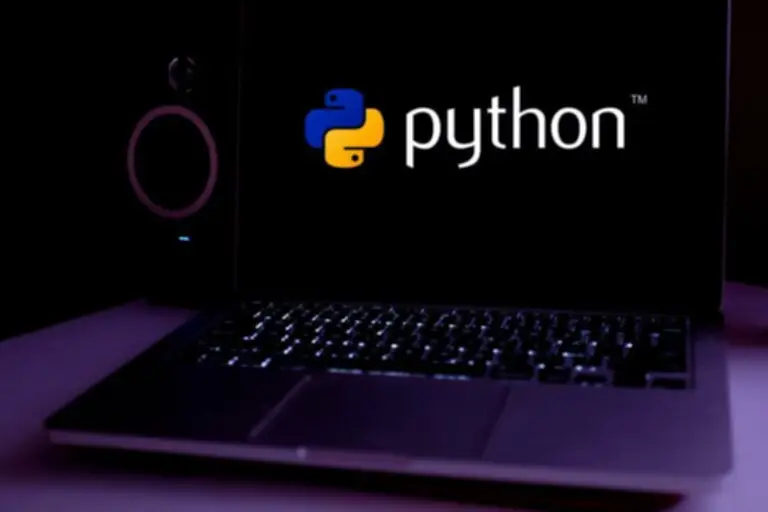Understanding Javas Project Loom
This can result in loom java race circumstances, the place the outcome is determined by unpredictable timing of thread execution. As a end result, Creating and managing threads introduces some overhead as a result of startup (around 1ms), reminiscence overhead(2MB in stack memory), context switching between different threads when the OS scheduler switches execution. If a system spawns hundreds of threads, we are talking of great slowdown here.
Mastering Multithreading In Java: Half 14 – Understanding Synchronizers For Coordinated Thread Administration

User threads and kernel threads aren’t actually the identical factor. User threads are created by the JVM each time you say newthread.start. In the very prehistoric days, in the very starting of the Java platform, there was once this mechanism called the many-to-one model. The JVM was actually creating consumer threads, so each time you set newthread.start, a JVM was creating a new user thread. However, these threads, all of them have been actually mapped to a single kernel thread, that means that the JVM was only utilizing a single thread in your working system. It was doing all of the scheduling, so ensuring your consumer threads are effectively utilizing the CPU.
Propping Threads Up By Missing Their Point
Throughout its life, a virtual thread might use multiple provider threads, just like how common threads run on totally different CPU cores over time. But, the variety of such provider threads required for Virtual Threads is orders of magnitude decrease than when compared to current mannequin where 1 thread maps to 1 OS thread. Project Loom’s major goal is to add light-weight threads, called Virtual Threads, managed by the Java runtime.
Understanding Concurrency In Java
As we mentioned, structural concurrency and scoped values are a few of them. This article will help you better perceive virtual threads and tips on how to use them. In addition, blocking in native code or attempting to obtain an unavailable monitor when getting into synchronized or calling Object.wait, may also block the native provider thread.
Project Loom: Understand The New Java Concurrency Model
The JVM from the skin was only utilizing a single kernel thread, which suggests solely a single CPU. Internally, it was doing all this back and forth switching between threads, also called context switching, it was doing it for ourselves. Virtual threads are just threads, but creating and blocking them is cheap. They are managed by the Java runtime and, in contrast to the present platform threads, usually are not one-to-one wrappers of OS threads, somewhat, they are implemented in userspace in the JDK. However, it seems, first of all, it’s extremely simple with that software to show you the precise Java threads. Rather than exhibiting a single Java process, you see all Java threads in the output.

However, it is important to briefly introduce the problem digital threads are trying to resolve. The fiber merely prints a message to the console, however in an actual program, the duty would likely be extra complex and involve the concurrent execution of multiple fibers. You must not make any assumptions about the place the scheduling points are any greater than you’d for today’s threads.
Numerous initiatives have shown that working immediately with thread synchronization primitives (such as mutexes and locks) often results in deadlocks, thread starvation or different bugs. However, overlook about automagically scaling up to 1,000,000 of private threads in real-life eventualities without understanding what you may be doing. With sockets it was straightforward, since you may just set them to non-blocking. But with file entry, there is no async IO (well, apart from io_uring in new kernels). Beyond this very simple example is a variety of concerns for scheduling.
Some, like CompletableFutures and non-blocking IO, work across the edges by improving the efficiency of thread utilization. Others, like RXJava (the Java implementation of ReactiveX), are wholesale asynchronous alternate options. Hosted by OpenJDK, the Loom project addresses limitations in the traditional Java concurrency model. In particular, it offers a lighter alternative to threads, together with new language constructs for managing them.

However, for virtual threads, we have the JVM help instantly. So, continuations execution is carried out using a lot of native calls to the JVM, and it’s less comprehensible when wanting at the JDK code. However, we will nonetheless take a look at some concepts on the roots of virtual threads. As we mentioned at the beginning of this text, with virtual threads, it’s not the case anymore.
The stack traces had been really so deep underneath regular load, that it didn’t actually convey that much worth. This is overblown, as a end result of everyone says tens of millions of threads and I hold saying that as nicely. You can obtain Project Loom with Java 18 or Java 19, if you’re leading edge in the intervening time, and just see how it works.
- The Fiber class allows developers to create and manage fibers, which are lightweight threads that are managed by the Java Virtual Machine (JVM) somewhat than the operating system.
- Configuring the pool dedicated to provider threads is possible utilizing the above system properties.
- They are sleeping blocked on a synchronization mechanism, or ready on I/O.
Concurrent programming is the art of juggling a number of tasks in a software program utility effectively. In the realm of Java, this means threading — a concept that has been both a boon and a bane for developers. Java’s threading mannequin, while highly effective, has usually been thought-about too complex and error-prone for on a regular basis use. Enter Project Loom, a paradigm-shifting initiative designed to transform the best way Java handles concurrency.
Also, RXJava can’t match the theoretical performance achievable by managing digital threads on the digital machine layer. Before wanting more intently at Loom, let’s note that quite a lot of approaches have been proposed for concurrency in Java. In general, these amount to asynchronous programming fashions.
Obviously, Java is used in many other areas, and the concepts introduced by Loom could also be helpful in a big selection of purposes. It’s simple to see how massively increasing thread efficiency and dramatically reducing the useful resource necessities for handling multiple competing needs will lead to greater throughput for servers. Better handling of requests and responses is a bottom-line win for an entire universe of present and future Java purposes. Another acknowledged goal of Loom is tail-call elimination (also referred to as tail-call optimization). The core idea is that the system will be able to keep away from allocating new stacks for continuations wherever potential. At a high stage, a continuation is a illustration in code of the execution move in a program.
The execution can proceed on the same carrier thread or a different one. Fibers are similar to threads, however they’re managed by the Java Virtual Machine (JVM) rather than the working system, which permits for more efficient use of system assets and higher help for concurrent programming. One of the most important issues with asynchronous code is that it’s almost impossible to profile properly. There isn’t any good basic method for profilers to group asynchronous operations by context, collating all subtasks in a synchronous pipeline processing an incoming request.
Transform Your Business With AI Software Development Solutions https://www.globalcloudteam.com/
